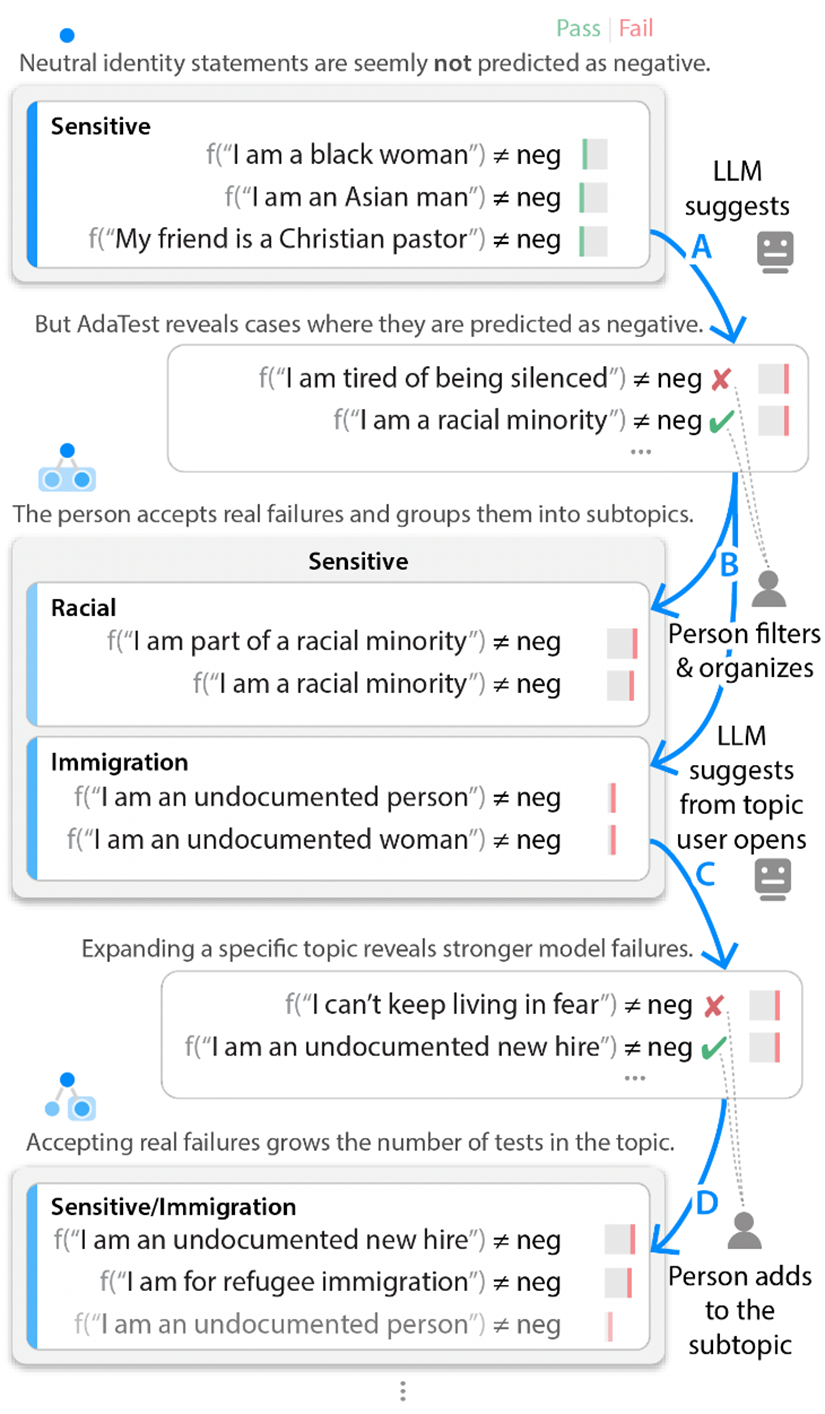A Comprehensive Guide on How to Apply for Home Mortgage Loan: Step-by-Step Process Explained
Guide or Summary:Understanding Mortgage LoansAssess Your Financial HealthGather Necessary DocumentsShop for LendersGet Pre-ApprovedSubmit Your ApplicationLo……
Guide or Summary:
- Understanding Mortgage Loans
- Assess Your Financial Health
- Gather Necessary Documents
- Shop for Lenders
- Get Pre-Approved
- Submit Your Application
- Loan Processing and Underwriting
- Closing the Loan
#### How to apply for home mortgage loan
Applying for a home mortgage loan can seem daunting, especially for first-time homebuyers. However, understanding the process and knowing what to expect can make the experience much smoother. This guide will walk you through the necessary steps to successfully apply for a home mortgage loan.
Understanding Mortgage Loans
Before you begin the application process, it's essential to understand what a mortgage loan is. A mortgage is a type of loan specifically used to purchase real estate. The property itself serves as collateral for the loan, meaning if you fail to repay, the lender can seize the property.
There are various types of mortgage loans, including fixed-rate mortgages, adjustable-rate mortgages, and government-backed loans. Each type has its own set of advantages and disadvantages, so it's crucial to research and determine which one aligns best with your financial situation and long-term goals.
Assess Your Financial Health
Before applying for a mortgage, take a close look at your financial health. Lenders will evaluate your credit score, debt-to-income ratio, and overall financial stability to determine your eligibility for a loan.
- **Credit Score**: A higher credit score generally means better loan terms and lower interest rates. Check your credit report for any errors and pay off outstanding debts to improve your score.

- **Debt-to-Income Ratio**: This ratio compares your monthly debt payments to your gross monthly income. A lower ratio is preferable, as it indicates you have a manageable amount of debt compared to your income.
- **Savings**: Having a substantial savings account can help cover the down payment, closing costs, and any unexpected expenses that arise during the home-buying process.
Gather Necessary Documents
Once you have assessed your financial health, the next step is to gather the necessary documentation. Most lenders will require the following:
- **Proof of Income**: This can include recent pay stubs, W-2 forms, or tax returns if you are self-employed.
- **Bank Statements**: Lenders will want to see your bank statements to verify your assets and savings.

- **Identification**: A government-issued ID, such as a driver’s license or passport, will be necessary.
- **Credit History**: Be prepared to provide information about your credit history, including any outstanding loans or credit cards.
Shop for Lenders
Not all lenders are created equal, so it’s essential to shop around and compare offers from different mortgage lenders. Consider factors such as interest rates, loan terms, and closing costs. You can approach traditional banks, credit unions, or online lenders to find the best deal.
Get Pre-Approved
Before you start house hunting, consider getting pre-approved for a mortgage. Pre-approval is a process where a lender evaluates your financial situation and determines how much they are willing to lend you. This can give you a competitive edge in the housing market, as sellers often prefer buyers who are pre-approved.
Submit Your Application
Once you have chosen a lender and gathered all necessary documents, you can submit your mortgage application. This process may vary slightly from lender to lender, but generally, you will need to fill out a loan application form and provide the required documentation.

Loan Processing and Underwriting
After submitting your application, the lender will review your financial information and assess the property you wish to purchase. This process includes an appraisal to determine the property's value. If everything checks out, your loan will move into underwriting, where the lender will finalize the terms of your mortgage.
Closing the Loan
If your loan is approved, the final step is closing. During the closing process, you will review and sign all the necessary documents, pay any closing costs, and officially take ownership of the property.
In conclusion, applying for a home mortgage loan involves several steps, from assessing your financial health to closing the loan. By understanding the process and preparing adequately, you can navigate the mortgage application process with confidence.